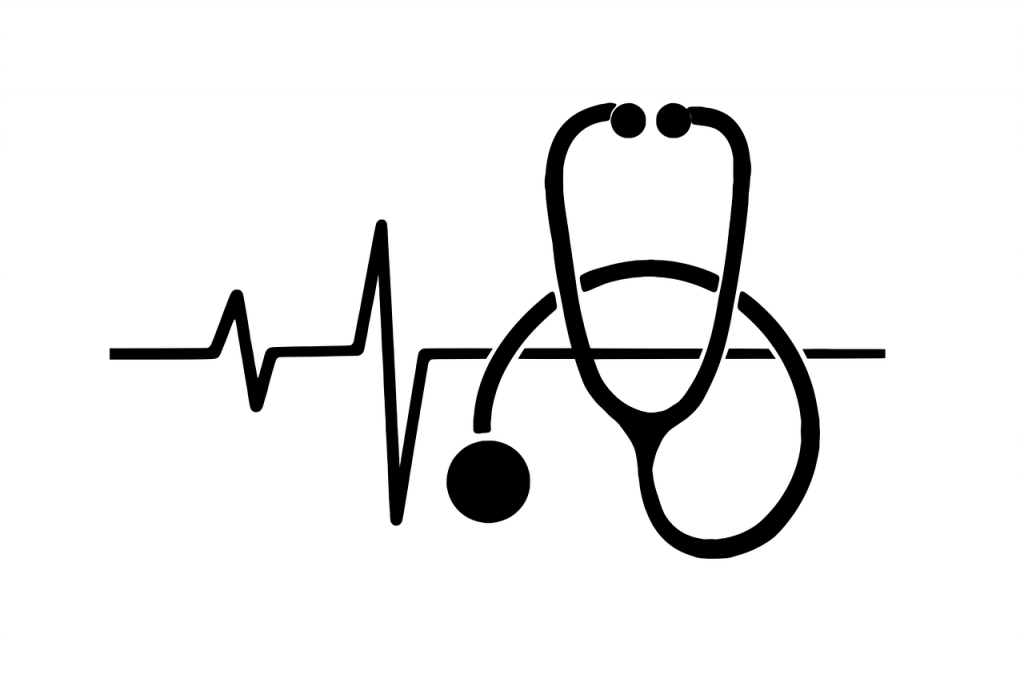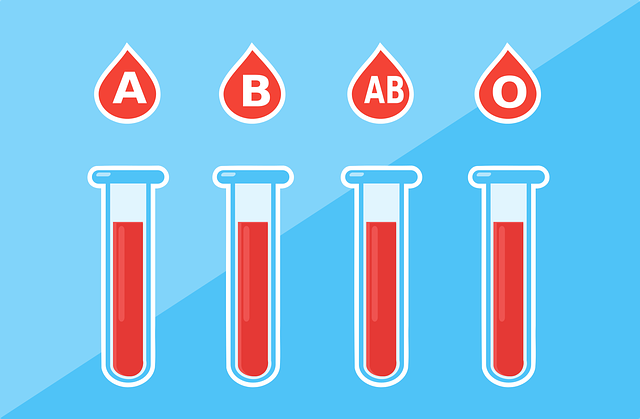Most people will not be surprised to hear that drugs are becoming more and more dangerous. The ingredients of illicit substances such as ecstasy, LSD, cocaine, marijuana and heroin have been changing over the years due to the produce of synthetic drugs. While many drugs are relatively harmless when taken in moderation because they often contain plant-based hallucinogens, some of these new varieties can kill an individual within a day’s use. Most individuals who abuse these substances do so because they think they are safe – which is not always true anymore. The most dangerous drugs [https://www.therecoveryvillage.com/drug-addiction/news/25-most-dangerous-drugs/] are very potent and highly addictive. Natural drugs such as marijuana, opium, LSD and heroin are still fairly common – but the illicit synthetic versions have been found to be more dangerous than the original substances. Here is a list of some of the most threatening drugs on the market today:
PCP
PCP is an abbreviation for phencyclidine. This drug has been nicknamed “angel dust” since it can cause hallucinations and amnesia once it is taken in. The drug was first created in 1926 as a surgical anesthetic but it was never put into use.
PCP works by interfering with the natural functions of neurotransmitters, which are small molecules that alter how our brains communicate with our bodies. This drug can be found in different forms: white powder, pill or liquid. In powdered form, it is easy to snort or mix with liquids and inject, and it can also be eaten or smoked. The drug can cause very bad side effects such as dry mouth, agitation and anxiety.
Methamphetamine
Methamphetamine is a white powder similar to cocaine in appearance and is usually snorted or injected as a drug. It begins with the user feeling a little drowsy, but then it can cause the user to feel euphoric and “high”. This makes it very easy for the user to become addicted to this substance.
While abusers usually snort meth, they can also crush it into a fine powder and inject it. The drug is very potent and has been shown to cause severe damage to the heart, liver and kidneys. It is also difficult to trace any traces of meth use in your system once it has worn off. Methamphetamine is very addictive precisely because of how strong and powerful it is. As it is readily available on the streets and on the black market, it is very easy to get addicted to this drug.
Heroin
While heroin has always been a dangerous drug, in recent years it has become a lot more potent, making it more detrimental than in the past. In fact, in 2002 Newsweek called heroin “the most powerful drug in America”.
The drug is highly addictive and can be found in different forms: white powder, pills or a black sticky substance known as “black tar heroin”. The drug works primarily by depressing the central nervous system. Users will feel drowsy and relaxed after taking the drug – but it can also cause confusion, weakness, constipation and death.
This drug is usually injected into the veins or under skin using a needle to get high. Short-term use can lead to euphoria and a sense of well-being, but long-term use can lead to constipation, nausea or vomiting. The drug can also cause muscle weakness, delayed reflexes as well as clouded consciousness.If you found out that your friend or family member got addicted into it,send them to addiction rehab
Cocaine
Cocaine is a stimulant derived from the coca plant that is native to South America. The drug was first used by the Incas in medicine and was later used in the 19th century for medical purposes as well. Cocaine is now a very popular street drug that people abuse to get high.
Cocaine is available in several forms: powder, crack rock or liquid. Users usually snort or inject the drug, although it can be smoked as well. The drug is very addictive and it can cause hyperactivity, irritability, insomnia, tremors and even heart problems in severe cases. Cocaine is also known to have devastating effects on fetal development if an expectant mother takes the drug.
Final Thoughts
While these drugs are some of the most dangerous in the world [https://www.addictioncenter.com/news/2019/08/15-most-dangerous-drugs/] , they are still very easy to obtain. Despite efforts from law enforcement to track down and arrest peddlers, people will always find a way to get their hands on synthetic drugs. But there is no safe level of use when it comes to illicit substances such as these.

